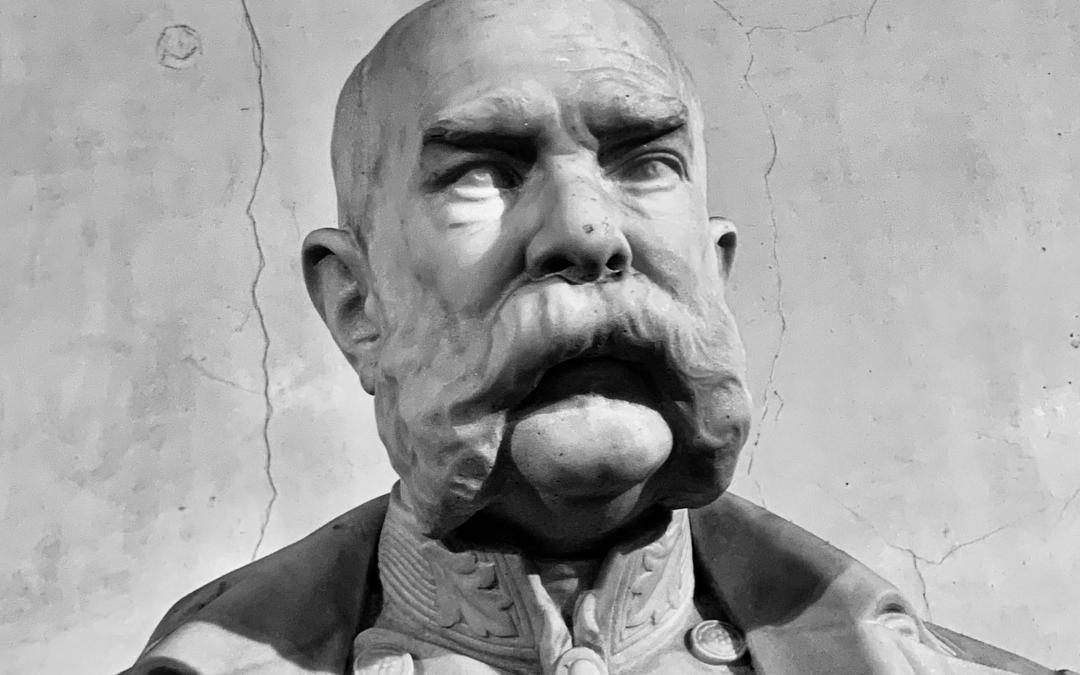Am I Essential?
Several years ago I was hired by a business owner to determine if her staff could run the company without her. She had a personal opportunity that she wanted to explore, which would take her away from the office for extended travel. Simply put, she wanted to know if she was essential to her business. Without going into any detail, I can tell you the answer was, no. She wasn’t essential. Her staff could run the business without her.
This is one of those situations where a question about the essential nature of leadership gets raised.
Is leadership essential to your organization? If so, in what way?
It is an important question when we reframe it to be about how we measure leadership.
Measuring Leadership
How do you measure leadership in your organization?
Is it influence? Vision? Decisiveness?
Or is leadership just another business buzzword?
Is leadership an idea like a values word?
Is it a reference point that we project onto certain people as expectations for how they are to present themselves within the organization, or in society?
We want our leaders to be heroic and influential. We want them to carry the burden on leadership so that we don’t have to.
In my book, Circle of Impact: Taking Personal Initiative To Ignite Change, I describe this perspective.
“Are you a leader?” I often ask people this question. I want to know if they see themselves as leaders. When I first began to ask this question more than two decades ago, I was surprised by the pushback that I got. My assumption was that people would be complimented by my question. They weren’t. Most of the time people said no. Their response wasn’t a nice sort of humble deflection of a compliment. Instead, I felt that I had offended them. This did not make sense to me.
I would then dig a little deeper and ask why. Almost universally their response would be either “I don’t want to be the boss” or “I don’t want all that responsibility.”
They saw leadership as setting a person apart for responsibility and recognition. In their view, leaders have a target on their back. It was a position of vulnerability and exposure to the scrutiny that they didn’t want. Many times, they told me of ruined friendships because one of their colleagues became their boss. Don’t call them a leader because it means isolation and pain.
While attending the Peter Drucker Global Forum, I had a conversation about how CEOs find that they are often isolated from the people they lead. This not a product of leadership practice, but how organizations have become structured.
In this sense, leadership is an abstraction. A word. A branding term. A word used to distinguish a person within an organization’s structure.
When we treat leadership in this way, the result is that we have few leaders and many followers. We end up with a leadership-starved organization.
What’s the alternative? We humanize leadership by making it a function of each person’s life. When everyone is given permission to take leadership initiative, isolation and pain go away. We all carry the same responsibility, albeit, in our differing roles within the organization.
Here is an equation that can help to tie this perspective together.
Values + Purpose X Initiative = Impact.
What gets promoted here? Not the heroic individual. Not the title or the role. Instead, we celebrate the difference that people are making. We are pointing toward the impact that matters.
Not only that, the organization becomes unified as each person seeks to make a difference that aligns with their shared vision for impact.
When leadership is the initiative taken to create impact, then organizations can become leader-rich.
In the story above, the business owner was not fully engaged with her business. Her staff could handle just about any situation that would arise. They were the genuine leaders of the business. They had to be. It was either do the job of creating impact or leave and find a new job. Even though it comes at this in a backward way, they were the ones who were daily taking personal initiative to serve their customers.
The challenge in making leadership essential in your organization is to equip and support people to take personal initiative. Focus on problem-solving, communicating and innovation. Trust people that they will create the impact the organization needs.
You may be in a situation where there are genuine obstacles to you taking leadership initiative. Coming up in my December Mid-monthly newsletter, I am going to show you how to practice leadership initiative in the workplace by using the Circle of Impact model of leadership.
Sign up to receive my twice-monthly newsletter at edbrenegar.com.


